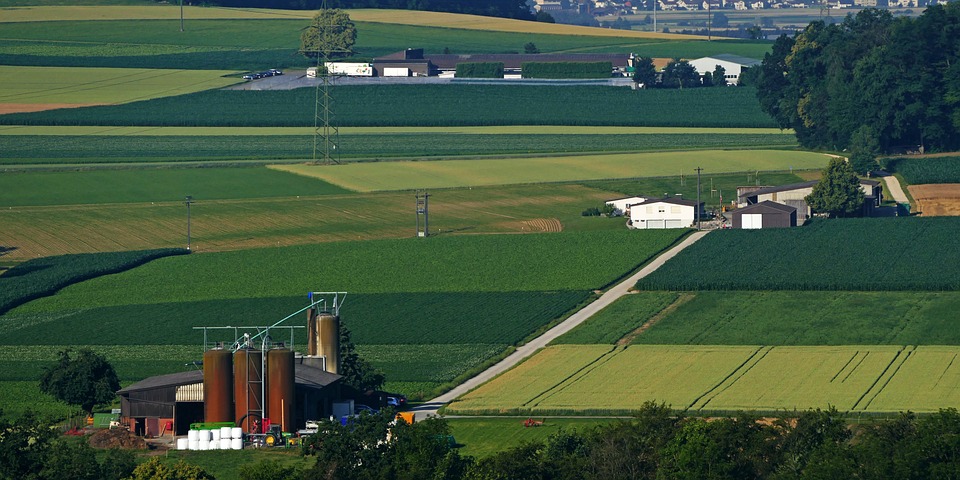There is a growing volume of literature outlining what ought to be done to reconstruct the economy after the devastation of this pandemic. I have certainly added to these write-ups, by outlining options for igniting growth in South Africa’s agricultural sector along the east coast in South Africa, all the way up to Limpopo.
In reality, however, it might be too early to place much emphasis on some of the plans that have been published by various institutions, as we are all still trying to fathom the full ramifications of this pandemic. It seems like we have thus far only seen a glimpse of the impact, as only four provinces in South Africa have experienced higher infection numbers, namely, Gauteng, Western Cape, Eastern Cape and KwaZulu-Natal. One can only assume that other provinces are yet to experience surges in infection numbers.
The harm done – sometimes by ill-designed regulations – to microeconomic entities such as businesses and households is yet to be fully determined. It is for this unknown world that we need to make plans towards a growth path using the resources that will be available. This is not to argue that we should stop hoping and planning for a recovery phase, rather it highlights the fact that we still have a lot of unknowns which will need to be incorporated into our post-COVID-19 thinking.
In various writing, I have argued that the South African government should rather recast its vision of agricultural development using Chapter Six of the National Development Plan as a point of departure. This specifically applies to the former homeland regions and underutilised land reform farms, as these are the areas that still carry the potential for agricultural expansions.
I have also reflected on the fact that South Africa should confront infrastructural and governance constraints that have hindered development and growth of agriculture over the past two decades in these regions. These include market failures such as high transaction costs, poor infrastructure, fragmented supply chains and remote location; government failures, namely, inefficiencies, poor service delivery and corruption; community failures as evident in poor local institutions, and vested interests of traditional leaders; and poor land governance, chief among which is lack of secure tenure.
For agricultural expansion to take off, there is a need to prioritise joint venture models between the private sector and the government, this is all the more important for building a post-COVID-19 economy. Such an approach could generate value in two ways: first through the skills that private sector players would bring to provincial and district levels; and second through capital investment. It makes sense to draw on the skills and capital resources of the private sector to ignite a post-COVID-19 economic recovery. This is an approach that has proven successful in agriculture. But the questionable part of the argument could be whether businesses will have the capital for investment after this pandemic.
For firms that operated in various sectors of the economy and were perhaps eyeing agriculture as the next place for investment, there might be limited capital to deploy when the world finally emerges from the woods. For those in the sector, the steady and inelastic demand for basic foods will likely keep businesses afloat and they might perhaps have the muscle to invest in expansion in the sector.
Perhaps, the only thing we can be sure of at this point is that Eastern Cape, KwaZulu-Natal and Limpopo remain key provinces for economic growth, which will yield jobs and increased economic activity in these regions. Exploring this potential shouldn’t commence post-COVID-19, but it should rather be an immediate focus to increase economic activity in these areas. Investment in ICT infrastructure, better roads and water supply will go a long way in kick-starting agricultural growth.
The past few months have proved that agriculture could operate, under a set of health regulations, relatively well and that should be optimised. But for private sector investment to flow into these regions, the aforementioned four constraints will need to be addressed. For other sectors of the economy, the “reconstruction” plans should be cognisant of the unknown pandemic-implications and their possible deepening harm to businesses and households as the pandemic continues to spread. This means that we should not only try to mitigate Covid-19, but we must also adapt to it by making efforts to better understand its full extent and improving the management thereof, before being consumed too much about theoretical plans.
Follow me on Twitter (@WandileSihlobo).


